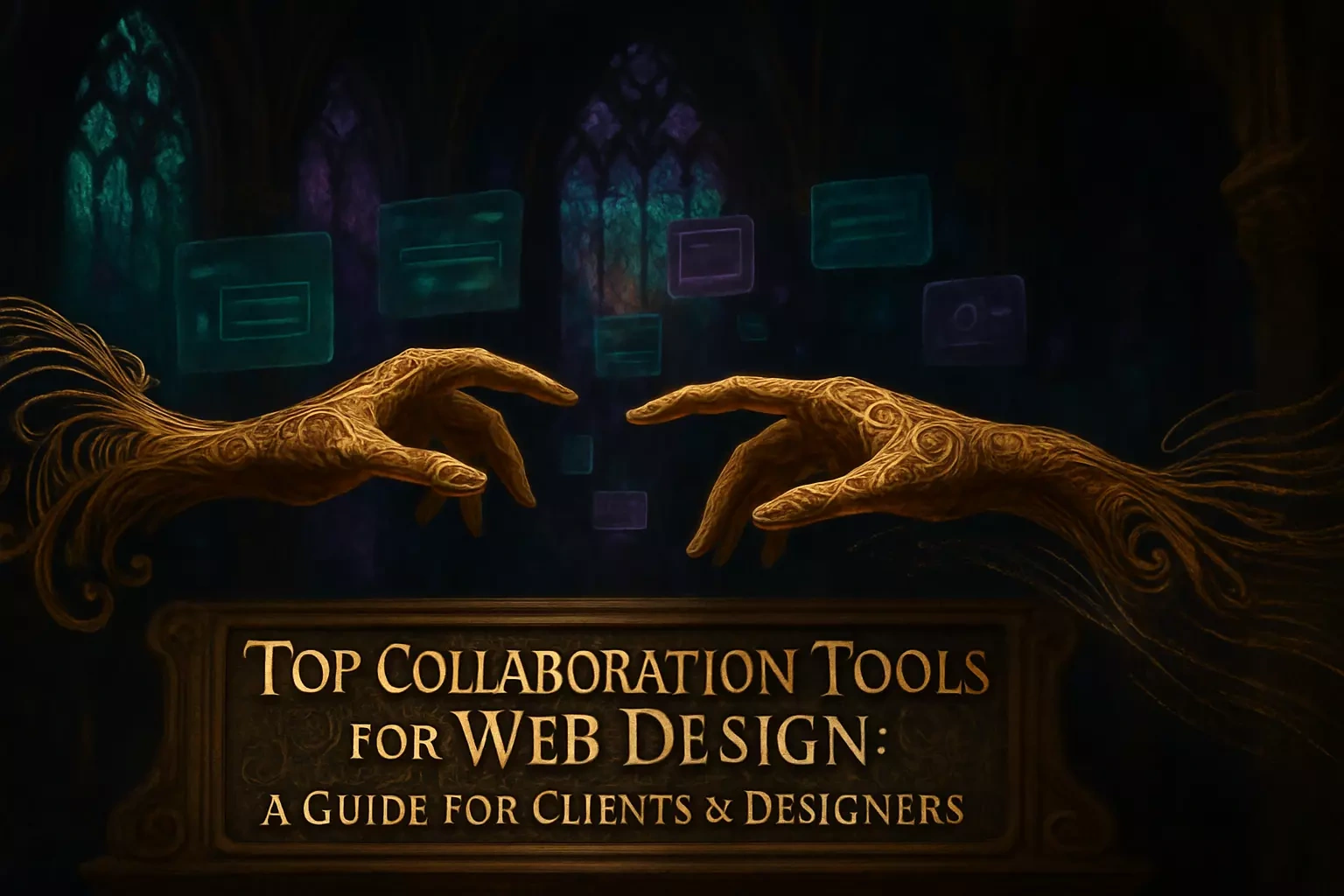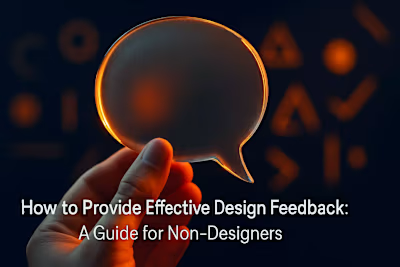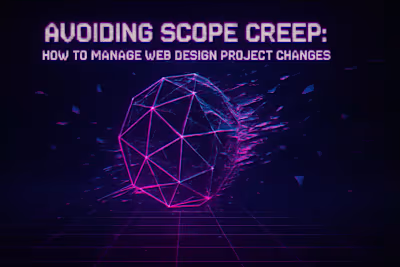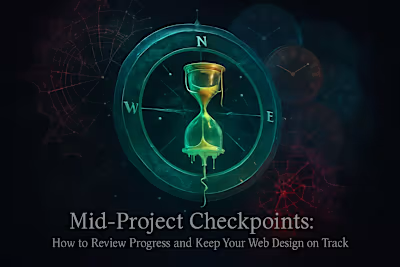Top Collaboration Tools for Web Design: A Guide for Clients & Designers

Top Collaboration Tools for Web Design: A Guide for Clients & Designers
Communication Tools: Keeping Everyone in the Loop
Slack: For Real-Time Conversations
Microsoft Teams: For Integrated Communication
Loom: For Asynchronous Video Messaging
Project Management Tools: Organizing the Workflow
Trello: For Visual Task Management
Asana: For Complex Project Planning
Basecamp: For All-in-One Project Management
Design and Feedback Tools: Collaborating on Visuals
Figma: For Real-Time Design Collaboration
InVision: For Prototyping and Feedback
Marker.io: For Visual Bug Reporting
Choosing the Right Mix of Tools
Making Collaboration Tools Work for You
References
Top Collaboration Tools for Web Design: A Guide for Clients & Designers
Communication Tools: Keeping Everyone in the Loop
Slack: For Real-Time Conversations
Microsoft Teams: For Integrated Communication
Loom: For Asynchronous Video Messaging
Project Management Tools: Organizing the Workflow
Trello: For Visual Task Management
Asana: For Complex Project Planning
Basecamp: For All-in-One Project Management
Design and Feedback Tools: Collaborating on Visuals
Figma: For Real-Time Design Collaboration
InVision: For Prototyping and Feedback
Marker.io: For Visual Bug Reporting
Choosing the Right Mix of Tools
Making Collaboration Tools Work for You
References
Posted Jun 30, 2025
Streamline your web design project with the right collaboration tools. Discover the best apps for communication, project management, and design feedback like Slack, Trello, and Figma.












